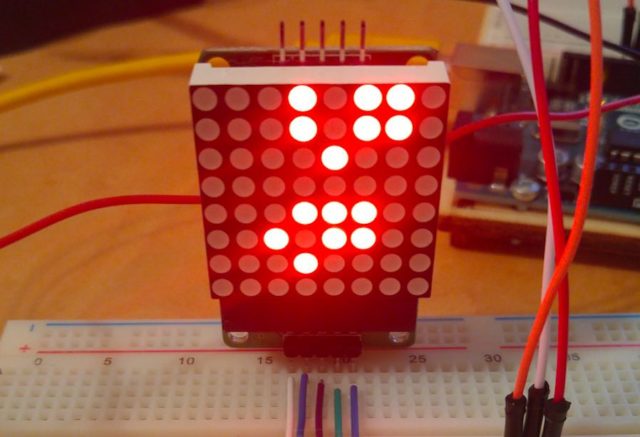

The system is therefore highly active in full sunlight, and grinds almost to a complete halt at night.Īn ESP32 runs the simulation and outputs the result to a 400 x 300 pixel e-ink display. The game runs off a solar cell that charges a battery, with the battery’s voltage determining how long it takes to advance the game by one generation. The basic idea is that the speed at which ’s Game of Life evolves is governed by the amount of ambient light. It’s easy to add features to make it a bit more life-like, however, as has done by giving the Conway’s creation something of a circadian rhythm. But while it uses biological terminology such as “cells”, “alive” and “generation”, the basic game is too simplistic to be a model for any real-world biological process. Posted in Art, LED Hacks Tagged CNC machined, conways game of life, LED display, lensĬonway’s Game of Life is a beautiful example of how complex behavior can emerge from a few very simple rules. If woodworking isn’t your thing, there’s plenty of other ways to make neat Game of Life displays, such as inside an alarm clock, with lots of LEDS under a coffee table, or even with a giant flip-dot display.

STL files for the PCBs and the frame, are available in the project’s GitHub repository. On such a small field it’s pretty common for the game to end up in a stable state or a regular oscillation, which is why the ATmega keeps track of the last few dozen states to determine if this has happened, and if so, reset the game to a random state again. Whenever the system is powered on, the game is set to a random state determined by noise, after which the simulation begins. He then took off the tape and applied a drop of UV-cured epoxy on top to create a lens.Īll the LEDs are mounted on PCB strips that are hooked up to a central bus going to the main ATmega328P microcontroller sitting on a separate piece of PCB. first covered the holes with tape, then poured green epoxy into each one and waited for it to harden. Instead, what you’re seeing are 64 lenses made out of epoxy. The display consists of standard 5 mm green LEDs, but they’re not the things you see poking out the front of the wooden frame. The main part of his Game is a piece of poplar wood that was CNC routed to produce an 8×8 display adorned with neat chain-like shapes. Just as rewarding can be creating a nice piece of hardware to run the game on, as has just done: check out his beautiful wooden Game of Life implementation. Watching the generations tick by is mesmerizing to watch, but programming the data structure and implementing the rules is also a rewarding experience, especially if you’re just getting acquainted with a new computing platform. The rules continue to be applied repeatedly to create further generations.īen Avrahami, The game was created as an assignment in the course- Advanced Object Orianted Programming with Java (20554) in The Open University Of Israel.Conway’s Game of Life has been the object of fascination for computer hobbyists for decades.

Each generation is a pure function of the preceding one. The first generation is created by applying the above rules simultaneously to every cell in the seed, live or dead births and deaths occur simultaneously, and the discrete moment at which this happens is sometimes called a tick. The initial pattern constitutes the seed of the system. Similarly, all other dead cells stay dead. These rules, which compare the behavior of the automaton to real life, can be condensed into the following:Īny live cell with two or three live neighbours survives.Īny dead cell with three live neighbours becomes a live cell.Īll other live cells die in the next generation. At each step in time, the following transitions occur:Īny live cell with fewer than two live neighbours dies, as if by underpopulation.Īny live cell with two or three live neighbours lives on to the next generation.Īny live cell with more than three live neighbours dies, as if by overpopulation.Īny dead cell with exactly three live neighbours becomes a live cell, as if by reproduction. Every cell interacts with its eight neighbours, which are the cells that are horizontally, vertically, or diagonally adjacent. The universe of the Game of Life is an infinite(in this specific implementation it is 10*10), two-dimensional orthogonal grid of square cells, each of which is in one of two possible states, live or dead (or populated and unpopulated, respectively). It is Turing complete and can simulate a universal constructor or any other Turing machine. One interacts with the Game of Life by creating an initial configuration and observing how it evolves. It is a zero-player game, meaning that its evolution is determined by its initial state, requiring no further input. The Game of Life, also known simply as Life, is a cellular automaton devised by the British mathematician John Horton Conway in 1970.


 0 kommentar(er)
0 kommentar(er)
